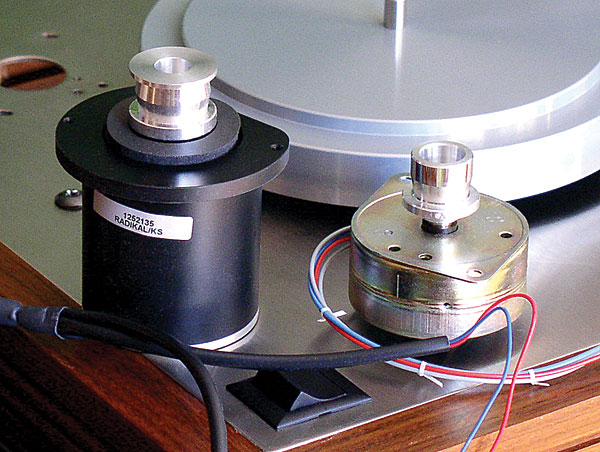Based on the only credible measurement I have seen in Hifi Critic, the Radikal measures extremely well on both noise and stability. The spectrogram of a 3khz signal is particularly narrow, with no side bands and wow and flutter is at the measurable limit (<0.045%). Rumble is below 77dB (Din B wtd), which again is substantially better than the result with the AC Synchronous motor powered by a Lingo.
There are three things you need to control with an electric motor:
1) Cogging or torque ripple which is transmitted through the belt
2) Extraneous vibrations which can be transmitted through the pllinth/chassis/armboard
3) Radiated magnetic fields which can directly interact with the cartridge or cause noise on the arm cable signal
It looks to me, that Linn has done a good job on improving all of those relative to the Lingo/AC motor. I have not seen any deep technical analysis of how they have achieved this result, I for one would be interested if someone could describe what was inside the power supply box, but from the Linn
blurb they have chosen to use a brushed DC motor which means that the speed of the motor is proportional to the voltage (or actually more precisely the currrent in the coils which generates the magnetic field) passed through it, so it must be a well regulated DC voltage supply. This is then calibrated by an optical sensor, but it seems to be used only to set the absolute speed, since it measures only once per revolution, so cannot be used to reduce wow and flutter.
I expect the more robust stainless steel case helps reduce vibration transmission and also provides some degree of magnetic screening, though if you really wanted a high degree of shielding it would be better to choose something like mu-metal.
I reckon all of this could be done by DIYers at a substantially reduced cost. The DC motor I am pretty sure is a stock item and there are plenty of ways to create a highly regulated DC power supply.


